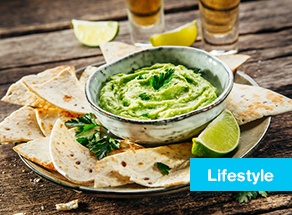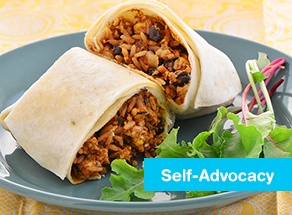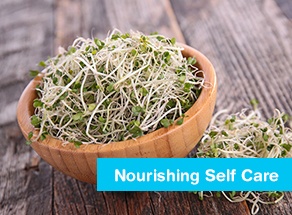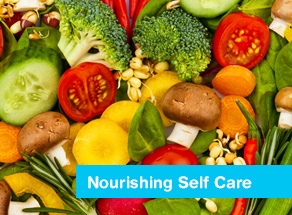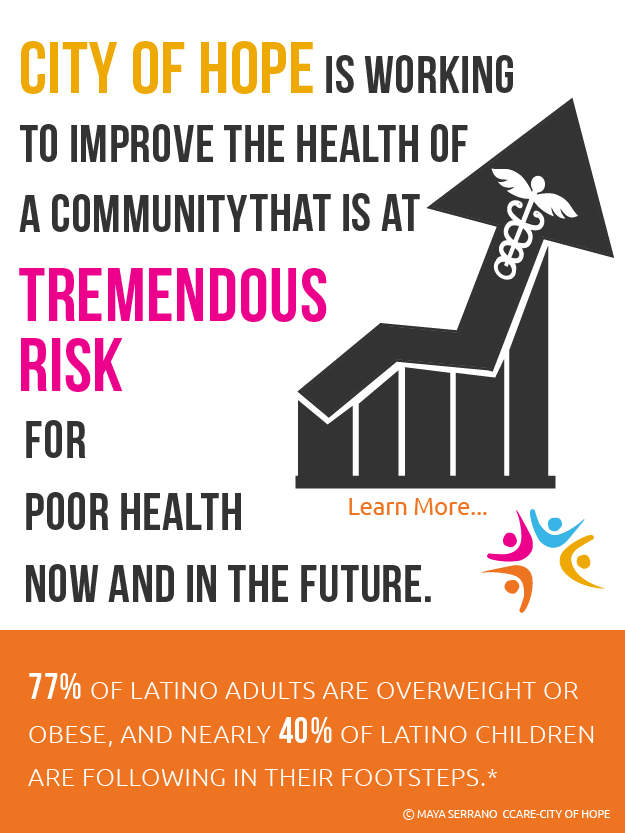Self Advocacy
To Fight Cancer, Improve Your Diet
07/02/2014 05:32pm | 23298 viewsYou can't control your genes, but you can take charge of what’s on your plate. So for National Cancer Prevention Month, give your meals and snacks a nutritious makeover; not only will you look and feel better, but you'll lower your risk of several cancers.
Nourishing Self Care
Tortillas: The First Bread of the Americas
23/01/2014 04:11pm | 24529 viewsWhen it comes to the original tortilla dating back to the Aztecs and the Maya, it was all about corn. Originally, tortillas were very healthy because they were made with just a few ingredients, such as native corn (dried whole kernel), and cooked with little to no fat. Today, tortillas are made from corn cooked in a lime-based solution or from corn flour dough. The versatile tortilla can be oven-baked, toasted, fried, or grilled.
Self Advocacy
Healthy Ingredients May Be Key to Latino Paradox
04/10/2013 01:27am | 22076 viewsAccording to the U.S. Centers for Disease Control and Prevention, Latinos in the U.S. have a longer life expectancy than the non-Latino white population.
Nourishing Self Care
Zapote, Tesoro Americano
08/01/2014 06:57pm | 25123 viewsTasting the richly colored flesh of the zapote fruit is a treat not easily forgotten. Its taste is an incomparable and intensely sweet mix with notes of pumpkin, sweet potato, almond, cherry, spice, berry, and apricot. Rusty light brown on the outside, inside it surprises you with a bright salmon color. And as with all fruits or vegetables, rich in color means rich in nutrients. Listed from highest to lowest in content, the zapote provides vitamin C, vitamin A, potassium, iron, calcium, and dietary fiber.
Self Advocacy
Hispanic & Millennial Home Cooking: Healthy Options, Healthy Outcomes
03/10/2013 09:35pm | 17011 viewsLiving healthier lives starts with eating healthier meals. And among Hispanics and Millennials, it all begins in the home kitchen. SSG-TQF Proprietary Research conducted January / February 2013 shows that 90% of first generation Hispanics, 82% of Millennials and 80% of second generation Hispanics agreed with this statement: “When I cook dinner, it is important that it be healthy.”
